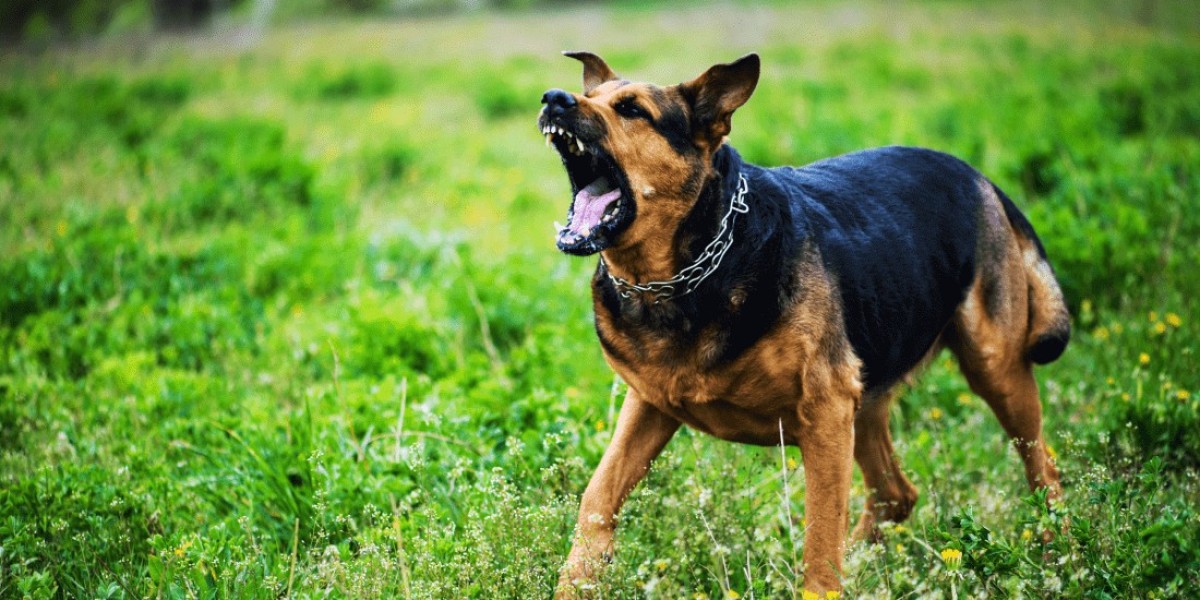Dog bites can be a serious workplace hazard, especially for employees who interact with dogs regularly, such as delivery personnel, postal workers, animal control officers, and veterinary staff. Implementing effective dog bite prevention strategies is crucial to ensure the safety of employees and foster a safe working environment. This article provides comprehensive guidelines and tips for preventing dog bites in the workplace.
Importance of Dog Bite Prevention
Employee Safety
Preventing dog bites is essential to protect employees from physical injuries, which can range from minor scratches to severe wounds that require medical attention.
Legal and Financial Implications
Employers may face legal liabilities and financial costs related to workers' compensation claims, medical expenses, and potential lawsuits if employees are bitten by dogs while on the job.
Workplace Morale
Ensuring a safe working environment helps maintain high employee morale and job satisfaction, reducing stress and anxiety associated with potential dog encounters.
Understanding Dog Behavior
Common Signs of Aggression
Recognizing signs of aggression in dogs can help employees avoid dangerous situations. These signs include:
- Growling or snarling
- Baring teeth
- Raised hackles
- Stiff body posture
- Intense staring
Understanding Triggers
Dogs may bite out of fear, territorial defense, or protection of their owners. Understanding these triggers can help employees anticipate and avoid potential threats.
Training and Education
Employee Training Programs
Implement comprehensive training programs to educate employees about dog behavior, body language, and safety protocols. Regular training sessions and refresher courses are essential to keep employees informed and prepared.
Role-Playing Scenarios
Incorporate role-playing exercises to simulate real-life encounters with dogs. These scenarios help employees practice appropriate responses and build confidence in handling such situations.
Safety Measures and Equipment
Protective Gear
Provide employees with protective gear such as bite-resistant gloves, long sleeves, and boots, especially for those who frequently encounter dogs.
Tools for Deterrence
Equip employees with deterrent tools like pepper spray, air horns, or ultrasonic devices to use in case of aggressive dog encounters. Ensure they are trained in the proper use of these tools.
Establishing Safe Work Practices
Approach with Caution
Encourage employees to approach homes or properties with caution. They should be observant of signs indicating the presence of dogs, such as "Beware of Dog" notices or barking.
Avoiding Direct Eye Contact
Advise employees to avoid direct eye contact with dogs, as this can be perceived as a threat. Instead, they should keep their body relaxed and speak in a calm, soothing tone.
Never Turn Your Back
Employees should never turn their back on an aggressive dog. Instead, they should slowly back away while facing the dog, maintaining a non-threatening posture.
Policies and Procedures
Reporting Incidents
Implement a clear policy for reporting dog bite incidents and near-misses. Prompt reporting ensures that incidents are documented and appropriate actions are taken to prevent future occurrences.
Communication with Dog Owners
Encourage employees to communicate with dog owners about securing their pets during service visits. Clear communication can prevent unexpected encounters and ensure the safety of both the employee and the dog.
Case Studies and Real-Life Examples
Success Stories
Highlight success stories of employees who effectively avoided dog bites by following training and safety protocols. These examples can serve as motivation and reinforce the importance of adherence to safety measures.
Lessons Learned
Analyze incidents where dog bites occurred to identify areas for improvement. Use these lessons to enhance training programs and safety protocols.
Expert Insights
Veterinary Perspectives
Include insights from veterinarians or animal behaviorists on understanding dog behavior and effective prevention strategies. Their expertise can provide valuable knowledge and practical tips.
Legal Advice
Consult legal experts to ensure that the company's dog bite prevention policies comply with relevant laws and regulations. Understanding legal obligations can help mitigate risks and protect both employees and the organization.
Conclusion
Preventing dog bites in the workplace requires a multifaceted approach, including employee training, understanding dog behavior, implementing safety measures, and establishing clear policies. By prioritizing dog bite prevention, employers can ensure a safer working environment, protect employees from harm, and reduce legal and financial liabilities.



